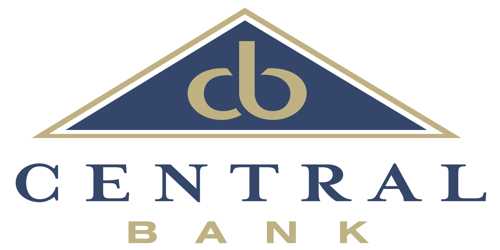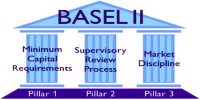General Functions of a Central Bank
A central bank is a bank which leads all banks and control money supply in the money market. In modern economies, the central bank is usually responsible for the formulation of monetary policy and the regulation of member banks.
The main function of a central bank is, in short; to manage a nation’s currency. This is achieved by setting monetary policy. A central bank is responsible for controlling money supply and setting interest rates and reserve requirements, being responsible for regulating a nation’s monetary base and controlling the amount of money in circulation and in print. Central banks usually operate apolitically, and are endowed with powers to supervise a county’s financial sector and prevent unscrupulous or fraudulent activity being committed by private banks and financial institutions. The important functions of central banks are as follows:
(1) Sole right of note issue: The Central Bank in every country, now, has the monopoly note issue. The issue of notes is governed by certain regulation which is enforced by the state.
(2) Banker, Agent and Adviser to the Government: As banker to the government, central bank provides all those service and facilities to the government which public gets from the ordinary banks. It operates the account of the public enterprise. It managers government departmental undertaking and government funds and where there is a need gives a loan to the government. From time to time, Central bank advises the government on monetary; banking and financial matters.
(3) Custodian of Cash Reserve of Commercial Bank: Central bank is the bank of banks. This signifies that it has the same relationship with the commercial banks in the country that they gave with their customers. It provides security to their cash reserves, gives them a loan at the time of need, gives them advice on the financial and economic matter and works as a clearinghouse among various members bank.
(4) Clearing House Function: All commercial bank have their accounts with the central bank. Therefore, central bank settles the mutual transactions of banks and thus saves all banks controlling each other individually for setting their individual transaction.
(5) Credit Control: These days, the most important function of a central bank is to control the volume of credit for bringing about stability in the general price level and accomplishing various other socio-economic objectives. The significance of this function has increased so much that for property understanding it. The central bank has acquired the rights and power of controlling the entire banking. A central batik can adopt various quantitative and qualitative methods for credit control such as bank rate, open market operation, changes in reserve ratio selective controls, moral situation etc.
(6) Reservoir of Foreign currency: Central bank maintains foreign currency reserve. For issuance of notes and payment of foreign debts, central bank controls foreign currency.
(7) Lender of the Last Resort: Central bank works as lender of the last resort for commercial banks because in the time of need it provides them financial assistance and accommodation. Whenever a commercial bank faces a financial crisis, central bank as lender of the last resort comes to its rescue by advancing loans and the bank is saved from being failed.
















